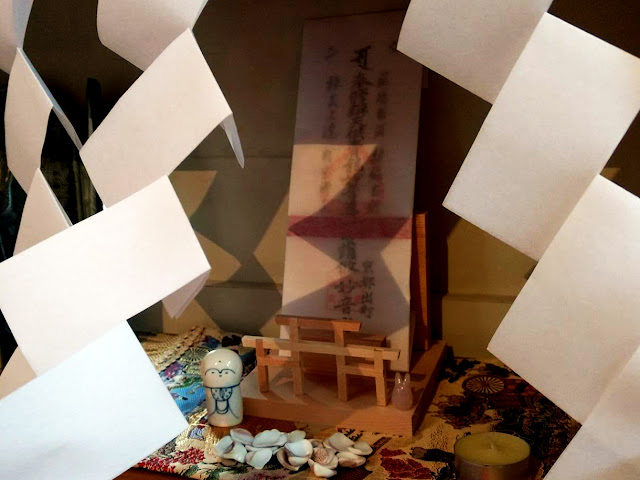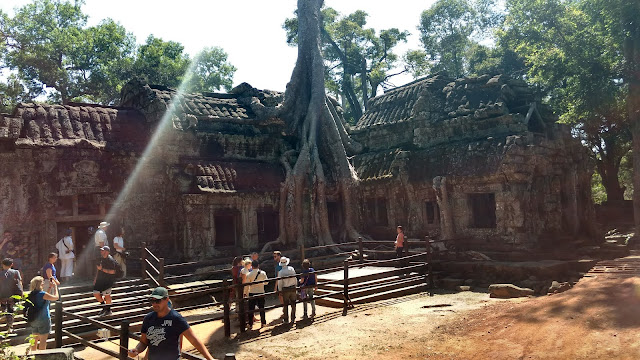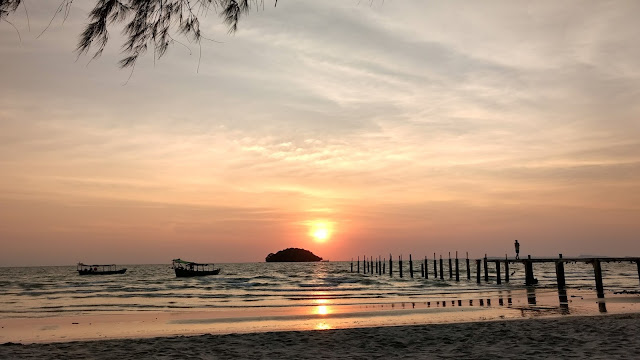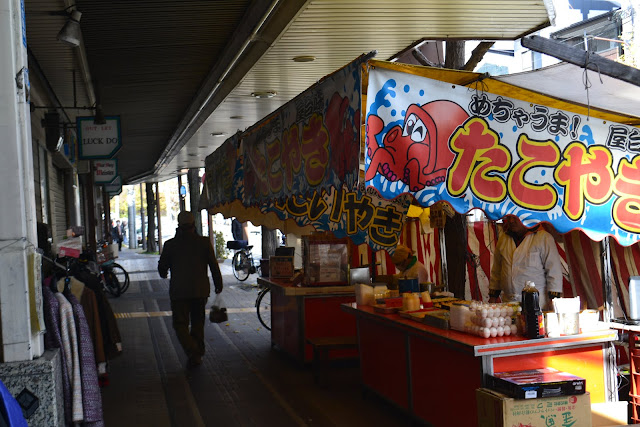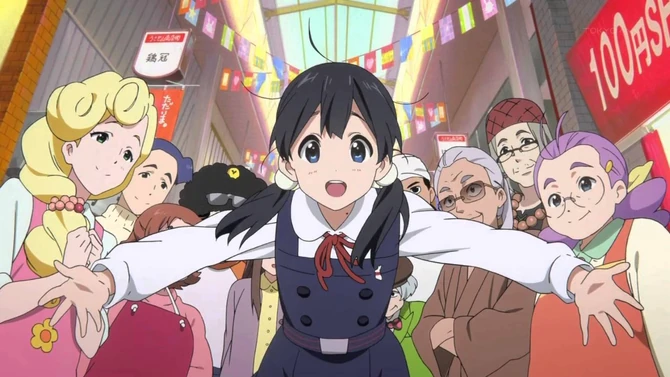When people ask me where I'm living this year, and I answer 'in an apartment alone in Kyoto', I still sometimes have to pause to take in that reality. It all happened so quickly. Making the decision to leave the student dorms back in November, finding the new place, the ridiculous Japanese paperwork, sourcing whatever odd bits of furniture I could find on Facebook. 1 month later and I was here, living alone for the first time ever in Japan of all places, and it surprises me how quickly it felt like home.
I always used to like being alone, but during my 2 years at Sussex I think I forgot how to really enjoy it. At university in the UK there tends to be a constant flow of interactions right up until you sleep. In first year I lived in dorms, where we'd walk freely in and out of each others rooms and share a kitchen the size of a bathroom between 12. The year after, I lived in a 7 person student house where we spent every day together; even the most mundane activities like sitting on our phones would be shared. I absolutely adored those 2 years, but I did notice that towards the end being alone felt almost unnatural sometimes.
This meant that coming to Japan was quite a shock - suddenly, I was living somewhere where people meet you with confusion or even hide if you turn up at their doorstep to introduce yourself (yes, I did try that in the first week). At first it felt really horrible to spend most evenings by myself, and I'd sit for hours wondering why I wasn't doing more. But the longer I've been here the more I've become attached to this space which is only for me. It doesn't make me less social, in fact the opposite - living alone pushes me to leave the house and seek activities rather than just staying in the comfort of a few housemates. But I also really really enjoy just being here. It's been a long time since I've loved my own company so much, and the thought of leaving this little nest in August makes me really sad right now.
Anyway, this post was supposed to be a more light-hearted Japanese apartment tour. Japanese apartments are famous for being teeny tiny, and extremely standardised. They're usually designed for 1 person, so it's quite rare to meet people sharing houses unless it's couple or family. In my experience, students tend to either live alone or with their parents - no 7 bed student houses here. In terms of price, many people think Japan is very expensive. However after living in Brighton for 2 years I can confirm that Kyoto has absolutely nothing on the cost of living there. In fact, I treated myself to a bigger than average apartment in an amazing location just because the rent was STILL £100 (approx 15,000yen) cheaper a month than what I was paying for my falling-apart-covered-in-mould house last year. Brighton has a really big problem.
So most 1-person apartments here are made up of one bedroom/living space, a kitchenette joined on in the entrance space, and a bathroom. My apartment is special because although it's still classed as a 1 room, the bedroom and kitchen are almost entirely separated. It seems a bit silly to get excited over having (almost) 2 rooms instead of 1, but this is quite luxurious for Japan!
When you open the door, there is always this little space called a genkan. This is where you take off your shoes before entering the apartment, and yes, it is very important here. At first it annoyed me to no end that I couldn't wear shoes inside if they were clean enough, but I've definitely picked up on the habit now. I have a serious moral struggle whenever I've already put my shoes on to leave the house then realise I've left something in the room.
This is my kitchen area. As mentioned, it's bigger than most 1-room apartments - it's quite common to not even have a surface to chop food on so I'm lucky. But I still have the standard single ring induction cooker and no oven which means lots and lots of 1-pot meals. I have accumulated a ridiculous number of Japanese sauces and flavourings which, as an awful cook, I have no clue how to use. Also a special mention to the rice cooker which is a wonderful invention and I definitely need to invest in one back in the UK.
So then you come through this archway (which I covered with £2 curtains that are about 10 inches too short) and you're in the bedroom. You might notice a window covered up with aluminium foil, and one covered with an old towel. By the time I'd forked out for the deposit, key money and all the other hidden costs of Japanese apartments, I decided I couldn't afford the luxury of curtains on all the windows.
Considering almost all the furniture was free junk I found on Facebook, I think I've made it quite homely. The bed is 4 futons stacked on top of each other because I'm not Japanese enough yet. Plus it's useful for guests - my closest friends here live in the suburbs so it's useful for them to have a place to stay here. I've got my little coffee table where I always like to have fresh flowers from the market, and where I display my Studio Ghibli magazine even though I can't yet read a word of it. I've got the beginnings of a little Shinto Shrine in the shelves (not really the right place for one but I had limited options). So far it's got the Kamifuda which is the talisman for the gods, candles, and lightning represented by the zig-zag paper. There's also a statue of Jizo who is a Buddhist Deity, and a teeny Totoro, but Shinto is often intermixed with Buddhism and Totoro could be counted as a god of sorts so I'm sure that's fine ^_^
And finally, my bathroom. Actually it's so tiny that I couldn't get any angle which photographed it properly, but you get the gist - the sink is just overlapping the bathtub which is about big enough for a 5 year old. You'll find virtually the same bathroom in every 1-man apartment here. I kind of like it because I'm lazy and this set-up means I can brush my teeth in the shower to save time :p. Bathrooms are always wet rooms in Japan, meaning there's a drain for the entire room so it doesn't matter if the water goes everywhere.
And that concludes it :) I guess it is small, but because I've always been sharing up until now it feels like quite a lot of space to me. I've invested so much time into this place and it really does feel like my first home so I'll miss it a lot, but for now I'm just enjoying my time here.












